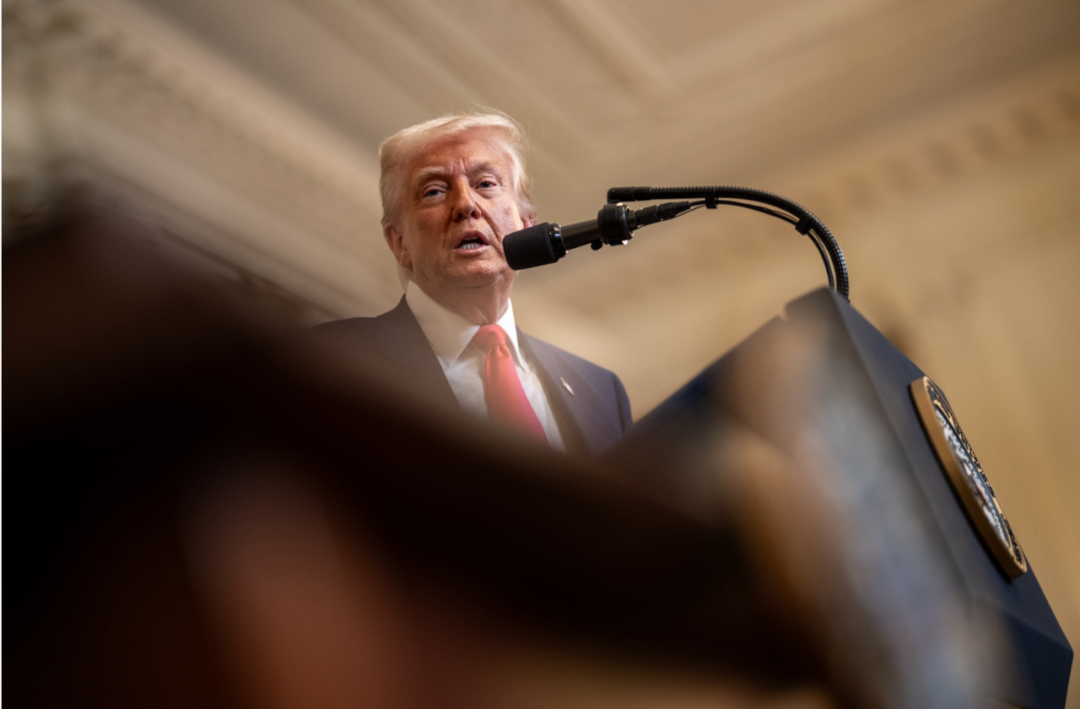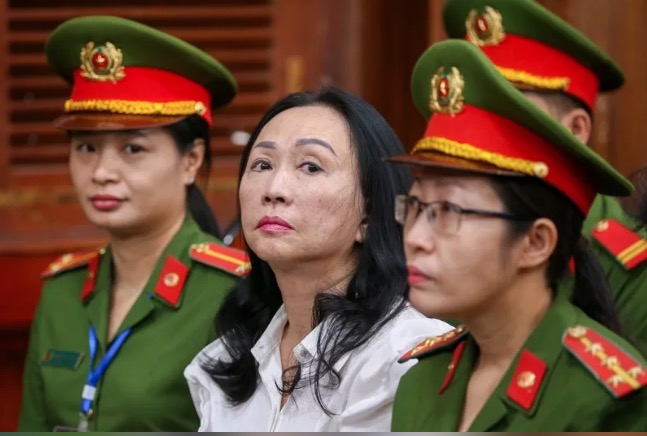As part of the global tariff policy, the United States, Vietnam's largest export market, announced at the beginning of this month that it would impose a 46% tariff on Vietnamese goods. Vietnam's leader, Su Linh, immediately called and sent a letter to the US President. In the letter, he proposed exempting US goods from taxes and opening up more markets to the US, hoping that the US could also offer the same treatment to Vietnam. Recently, media reports said that the negotiators from Vietnam and the US have reached a consensus, which may provide some reference for future negotiations of other countries.
According to the agreement text obtained by the media, the US has granted a 90 - day observation period to suspend the 46% reciprocal tariff on Vietnam; Vietnam, through the promulgation of Decree No. 73 of 2025, has promised to reduce tariffs on US goods from May 1st and expand the access scope of goods such as automobiles, timber, and liquefied natural gas; Vietnam has promised to strengthen the management of the place of origin and establish a commodity monitoring system to prevent re - exports to the US after third - party labeling. Vietnamese Prime Minister Phạm Minh Chính has required the Ministry of Industry and Trade of Vietnam to formulate a construction plan for the "supply chain traceability system"; Vietnam has promised to strengthen the control of the export of dual - use technologies.
According to media reports, during this negotiation, Vietnam did not advocate for zero tariffs from the US as previously proposed by the Secretary of the Communist Party of Vietnam. Instead, it only hoped that the US could reduce the tariff to between 22% and 28%. Previously, Vietnam's Steering Committee 389 issued an announcement stating that it would severely crack down on the act of transshipment of goods with false origin for export to other countries. This committee is Vietnam's national steering committee against smuggling, trade fraud, and counterfeit and shoddy goods. The US is the largest importer of Vietnam's foreign trade goods. In 2024, Vietnam exported a total of $142.4 billion worth of goods, with a trade surplus of $123.5 billion, which has increased several times compared with a few years ago. This income accounts for 29% of Vietnam's total, exceeding the sum of exports to China, the EU, and Japan. At the same time, the US's export value of goods to Vietnam is only $13.1 billion.
At the same time, it is also the sixth largest exporter to the United States after Mexico, China, Canada, Germany and Japan. This is also the reason why Vietnam was subject to relatively heavy tariffs in Trump's tariff list. In terms of the structure of national fiscal revenue, Vietnam is extremely dependent on the income brought by foreign trade, which also exposes the vulnerability of the economic model of this Southeast Asian country. In fact, before the United States announced the tariffs, Vietnam had sent a working group to the United States, promising to purchase 200 Boeing aircraft.
Although Vietnam has promised the United States to exempt tariffs, in the eyes of the United States, this is not the only core issue. Besides reducing tariffs, Vietnam needs to make more concessions to address the trade imbalance between the two sides, including purchasing more American goods. There are reports that the United States also requires Vietnam to use the profits earned from the United States to buy long-term US Treasury bonds, and agreements signed by Vietnam with other countries need to be approved by the United States. Obviously, this condition may not be finally accepted by Vietnam.
Vietnam shares a border with Guangxi. On one hand, a large portion of Vietnam's income comes from the United States. On the other hand, it is China's neighbor. Thus, Vietnam needs to strike a balance in its policies between the two countries. If the United States and Vietnam fail to reach an agreement on implementing a final 46% tariff within 90 days, it will have a serious impact on Vietnam's economy. Take coffee as an example. The tariff on Brazil's coffee exports to the United States is 10%, while that on Vietnamese Robusta coffee beans is 46%. As a result, Vietnamese coffee will lose a great deal of its competitiveness. The same goes for other manufacturing industries. Due to the industrial transformation of relevant countries, products ranging from sports shoes, toys to sofas are now being produced in Vietnam. One - third of the shoes imported by the United States come from Vietnam.
This Monday, Chinese leader XI paid a visit to Vietnam.The two sides signed 45 cooperation agreements and issued a joint statement. The agreements cover fields such as supply chain, artificial intelligence, joint maritime patrols, and railway development. A few hours later, Trump responded to reporters at the White House about this meeting, saying, "This was a pleasant meeting, just like trying to figure out how we can screw up the United States."

